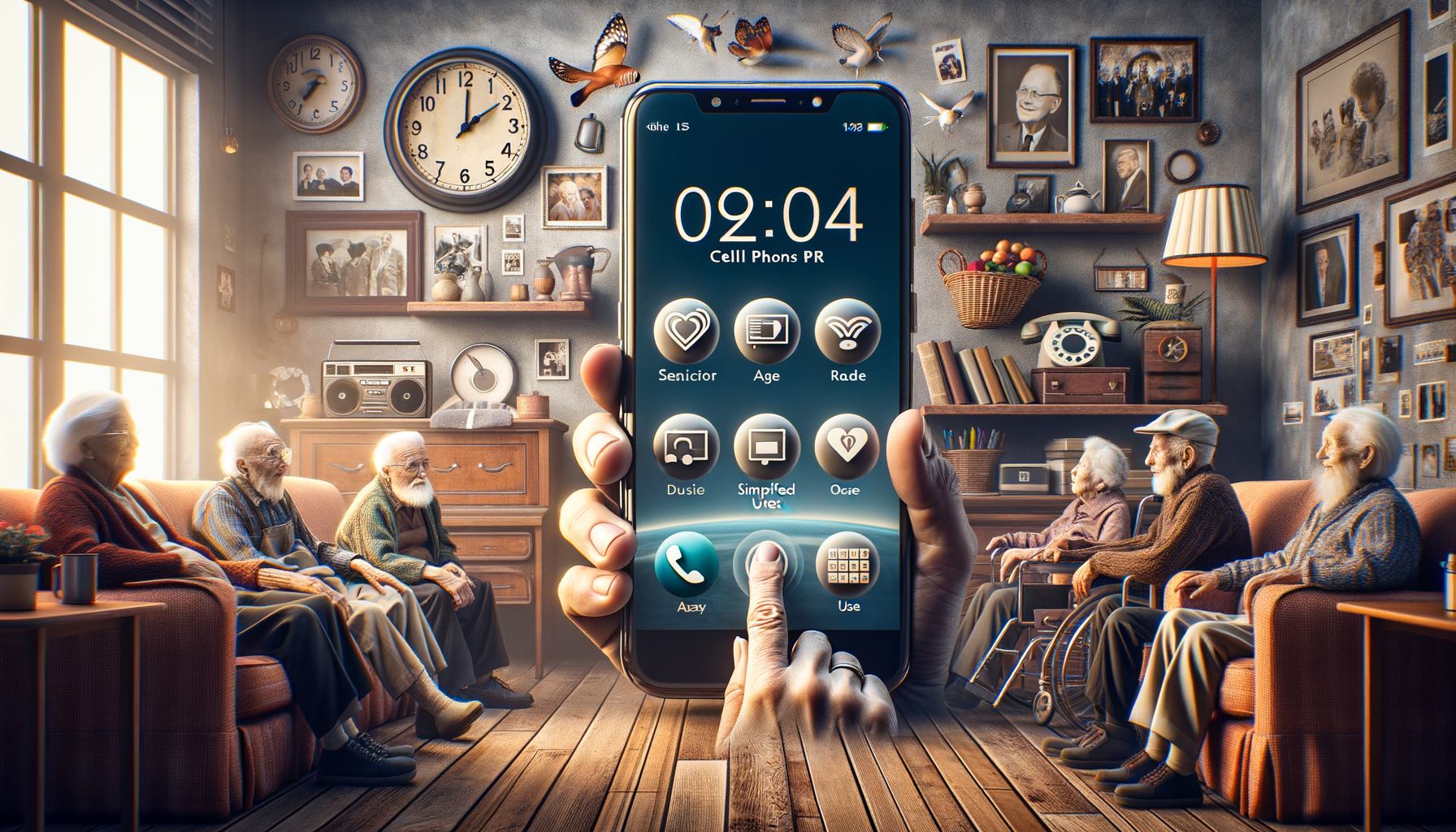The Growing Need for Senior-Friendly Phones
As technology continues to advance at a rapid pace, it often leaves behind a segment of the population that may not be as tech-savvy or adaptable—seniors. The need for senior-friendly phones has become increasingly apparent as older adults seek devices that cater to their specific needs. These needs often include larger screens, simplified interfaces, and clearer audio. In fact, according to a study by the Pew Research Center, while 85% of adults aged 65 and older own a cell phone, only 46% own a smartphone. This statistic highlights a significant gap in technology adoption among seniors, which can be attributed to the complexity and small size of many modern devices.
Moreover, the aging process can bring about challenges such as diminished eyesight, reduced dexterity, and hearing loss, all of which can make using standard smartphones difficult. As a result, there’s a growing demand for phones that are specifically designed to accommodate these issues. Features such as larger buttons, high-contrast displays, and hearing aid compatibility are becoming essential rather than optional.
Manufacturers are responding to this demand by creating devices that prioritize ease of use and accessibility. These phones often include emergency call buttons, voice command capabilities, and simplified menus that make navigation straightforward. By focusing on these features, companies are not only catering to a growing market but also enhancing the quality of life for many seniors, enabling them to stay connected with family and friends without the frustration that can come with using a device that isn’t tailored to their needs.
Key Features of Senior Cell Phones
When it comes to selecting a cell phone for seniors, several key features stand out as particularly beneficial. These features are designed to address common challenges faced by older adults and to make the device as user-friendly as possible. One of the most important features is the large, easy-to-read display. Many senior cell phones come equipped with screens that offer high contrast and adjustable font sizes, ensuring that text messages and phone numbers are visible without straining the eyes.
Another crucial feature is the presence of physical buttons. While touchscreen technology is popular, it can be difficult for seniors to use, especially those with arthritis or other conditions that affect hand mobility. Physical buttons provide tactile feedback and make dialing numbers or navigating menus more intuitive. Additionally, some phones offer voice command options, allowing users to make calls or send texts hands-free.
Hearing aid compatibility is another significant consideration. Many senior phones are designed to work seamlessly with hearing aids, reducing feedback and ensuring clear audio during calls. This feature is particularly important as hearing loss is a common issue among older adults. Furthermore, emergency call buttons are a vital safety feature. These buttons allow seniors to quickly contact emergency services or a designated contact with a single press, providing peace of mind for both the user and their loved ones.
Finally, simplified user interfaces are a hallmark of senior-friendly phones. By minimizing the number of steps required to perform tasks and offering clear, straightforward menus, these phones reduce the learning curve and make technology more accessible to those who may not be as familiar with it.
Choosing the Right Phone for Your Needs
Selecting the right phone for a senior involves considering individual needs and preferences. While some seniors may prefer a basic phone with minimal features, others might appreciate the added functionality of a smartphone with senior-friendly modifications. It’s important to evaluate the specific requirements of the user, such as visual or hearing impairments, and choose a device that addresses those needs.
For seniors who are new to mobile technology, starting with a basic phone that offers essential features such as calling, texting, and emergency contacts might be the best approach. These phones often come with straightforward instructions and customer support options tailored to assist older users.
On the other hand, seniors who are more comfortable with technology might benefit from a smartphone that offers additional features like internet browsing and app usage, provided these functions are presented in a simplified manner. Some smartphones come with pre-installed senior-specific apps that offer medication reminders, health tracking, and other useful tools that can enhance daily life.
When choosing a phone, it is also worth considering the support and resources available, such as tutorials, customer service, and community forums. These resources can provide valuable assistance and ensure that the user can make the most of their device. Ultimately, the right phone should empower seniors to stay connected, safe, and engaged with the world around them.








